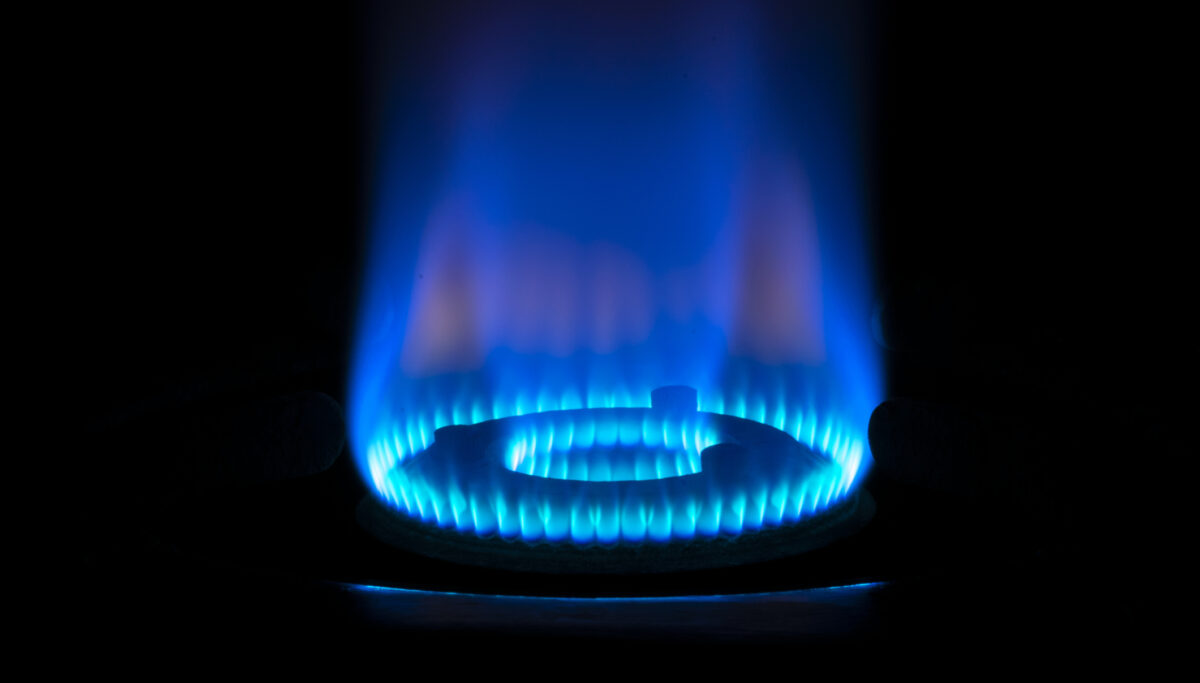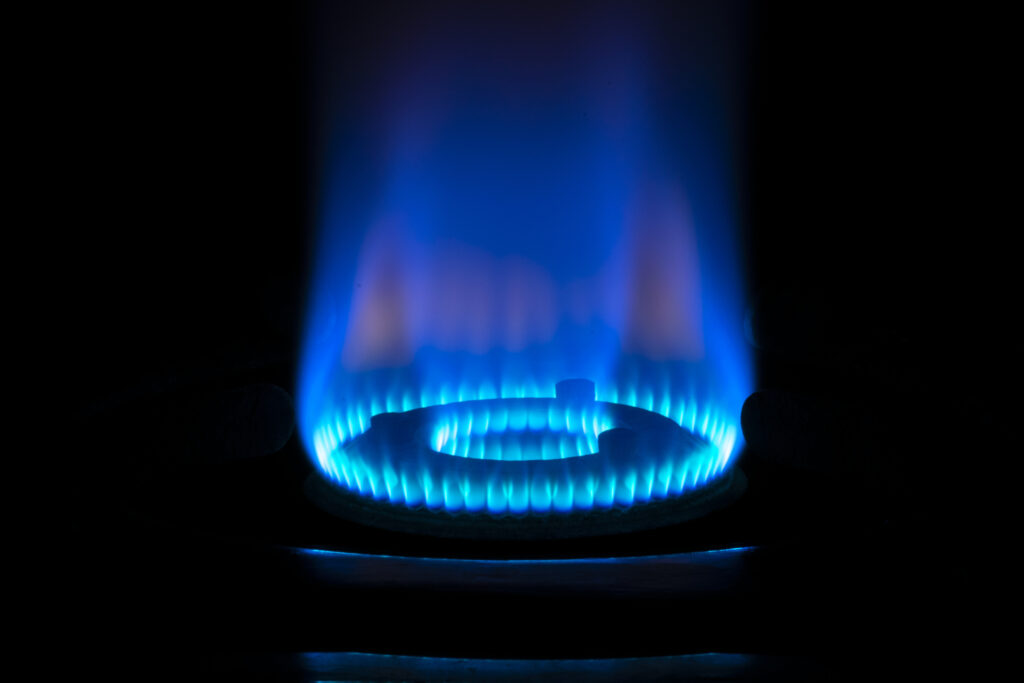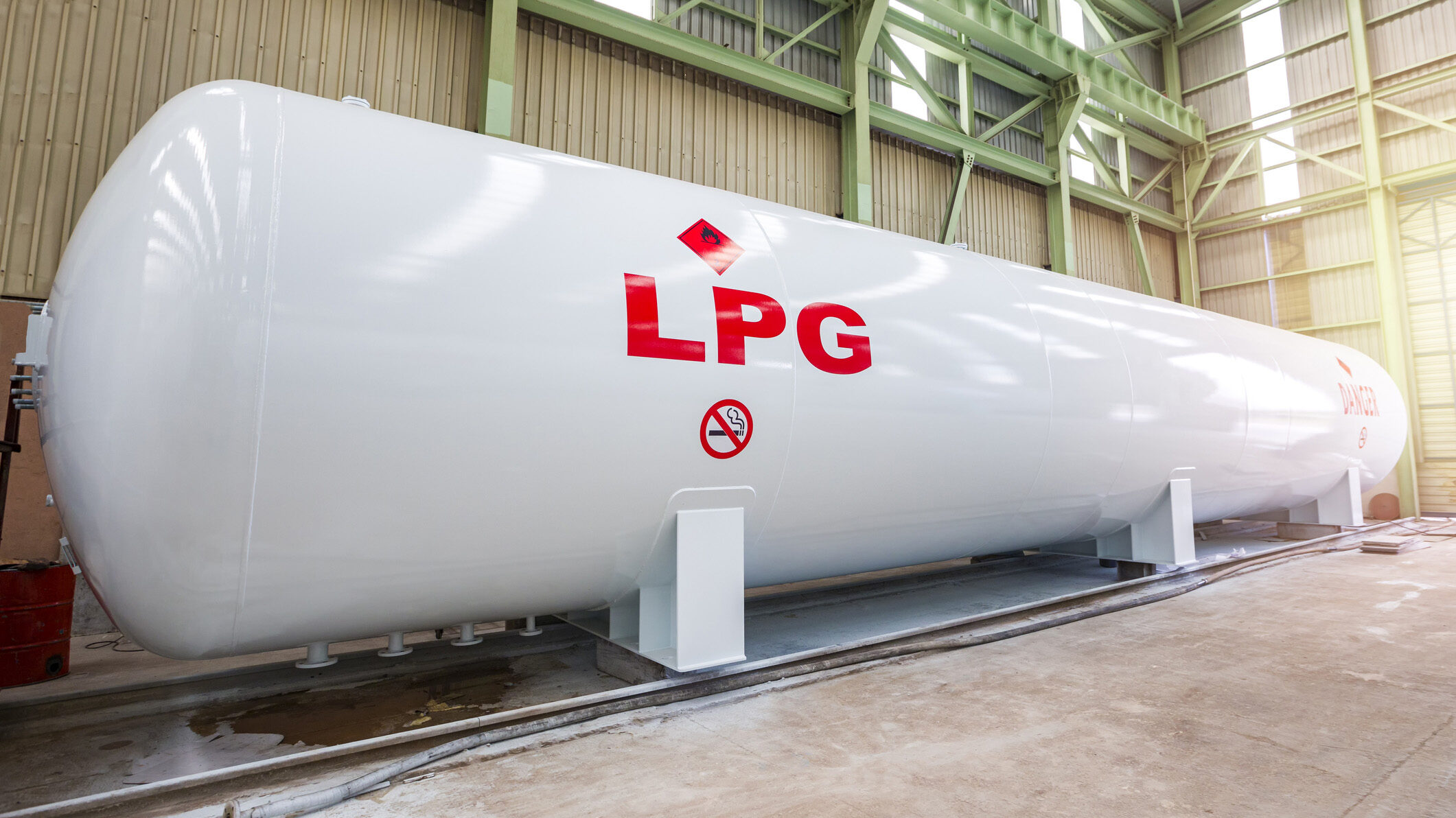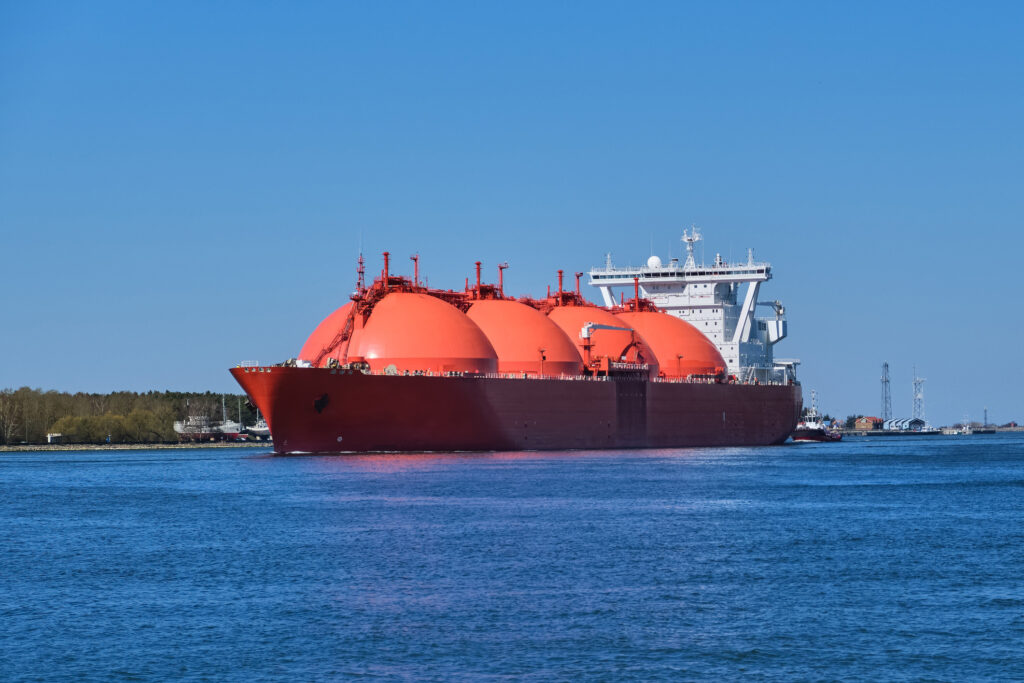What is the difference between LPG and LNG?


There has been quite a bit of noise in the news recently about natural gas supply and electricity pricing in New Zealand. While this doesn’t relate to LPG (Liquified Petroleum Gas) because some is already imported to supplement domestic supplies, the spotlight has shifted to LNG (Liquified Natural Gas) and how it might support the current shortfall in New Zealand’s natural gas supply.
LPG and LNG may sound and seem similar, given that both are acronyms that start with L and end with G and are gases that are turned into liquids for easier transport and storage. Both fuels also provide energy for homes, businesses, transportation and industries. So, what really are the differences? Let’s explore the key distinctions between these two energy sources.
Composition
LPG is a mixture of propane and butane. These hydrocarbons are heavier than methane and are mostly derived from natural gas processing. This includes all the LPG produced in New Zealand.
LNG primarily consists of methane with small amounts of other gases like ethane, propane and butane. Methane is a lighter and simpler hydrocarbon compared to the components of LPG.

Sources
LPG is mostly a byproduct of upgrading raw natural gas to pipeline specification gas. The propane and butane extracted during processing can be liquefied by pressure alone to create LPG.
LNG is natural gas from which most of the LPG and gases other than methane have been extracted. Methane cannot be liquified by pressure alone: it must be cooled to approximately -162°C to become a liquid. This allows for easier storage and transport, as in liquid form methane takes up only about 1/600th of the volume.
Physical properties
LPG is heavier than air. It’s stored under moderate pressure to keep it liquid at ambient temperatures, making it easy to handle.
LNG is lighter than air . It must be kept at very low temperatures to stay in liquid form. If it absorbs heat it turns back into a gas. Ships and onshore storage facilities generally include equipment to re-liquify such gas.
Transportation and Storage

LPG is easier to store and transport because it can be kept in a liquid state at room temperature under moderate pressure without refrigeration or the need for insulation. This makes it more accessible in remote areas and for smaller-scale applications (e.g. your BBQ bottles).

Due to its need for extreme low temperatures, LNG requires specialised, insulated storage tanks and ships (called LNG carriers). This makes its transportation more complex and expensive.
Using LPG and LNG
In most cases, LPG and LNG must be converted from liquid to gaseous form before being used. At home, ambient heat causes more LPG to evaporate whenever vapour is drawn from the top of your storage bottle. In industrial applications, ambient heat pick-up may be insufficient, requiring LPG vaporisers to be used.
LNG must be converted to gas and brought up to ambient temperature before being injected into any transmission or distribution pipeline. This requires a heat source. At LNG port terminals sea water is commonly used. If there is an industrial user nearby requiring intense cold, there may be an opportunity to exchange heat with LNG, enhancing the efficiency of both processes.
Multiple uses

Whether the energy is generated from LPG or LNG, both serve a wide range of purposes, from heating homes and cooking, to powering industrial equipment.
Gas is critical to filling the gap in meeting energy demand when the wind doesn’t blow, the sun doesn’t shine, and when lake levels are low. In the home, gas offers reliable, controllable heat for cooking, instant hot water and space heating. In businesses, particularly in industries such as hospitality, agriculture, and manufacturing, gas is crucial for tasks like water heating, heat intensity, refrigeration and fuelling forklifts and other machinery.